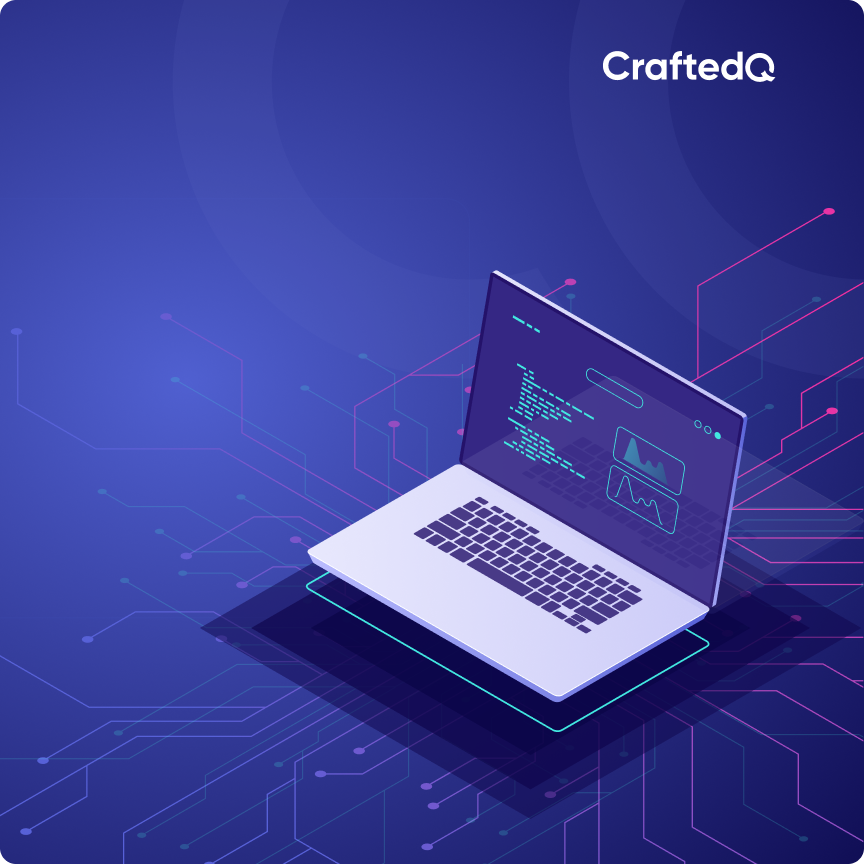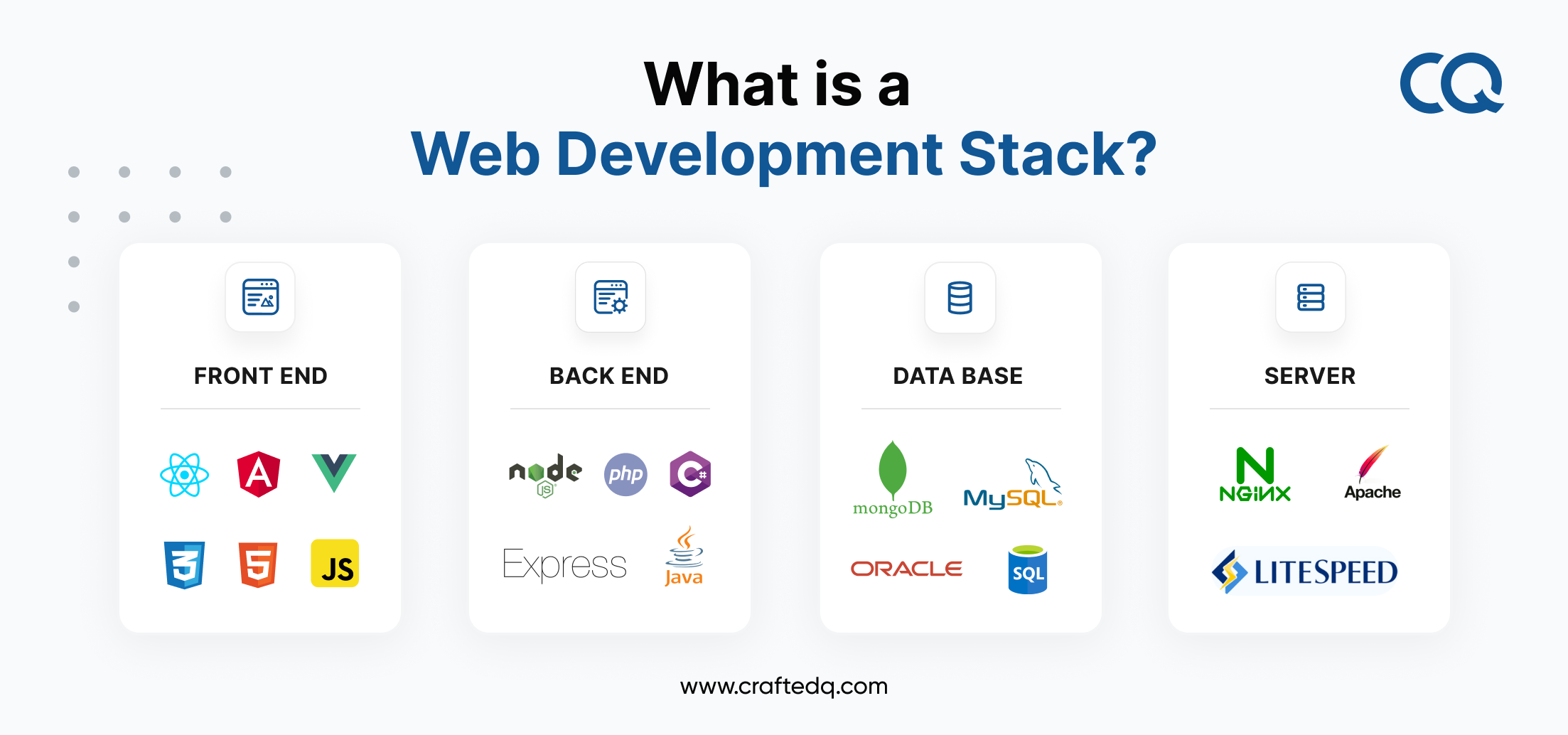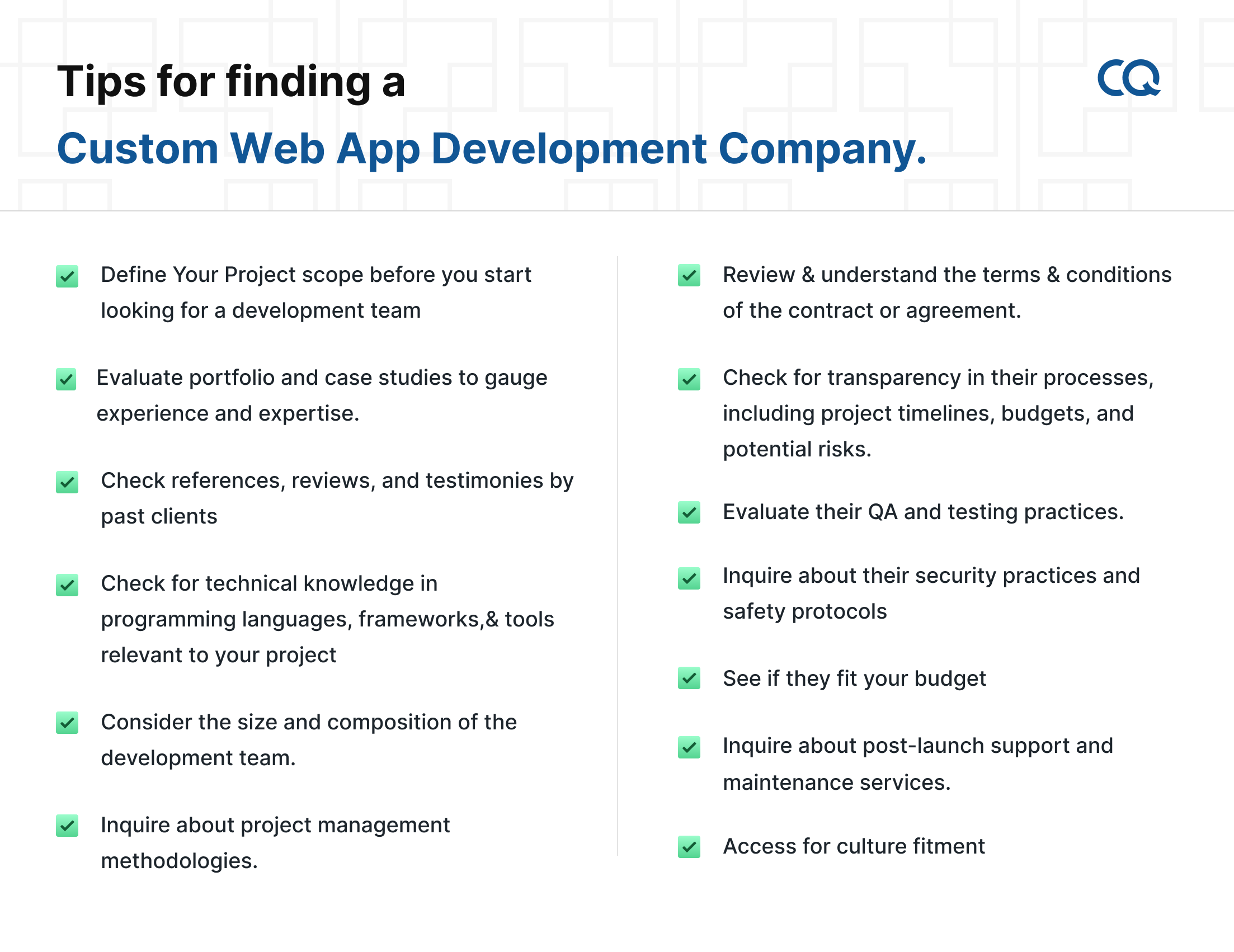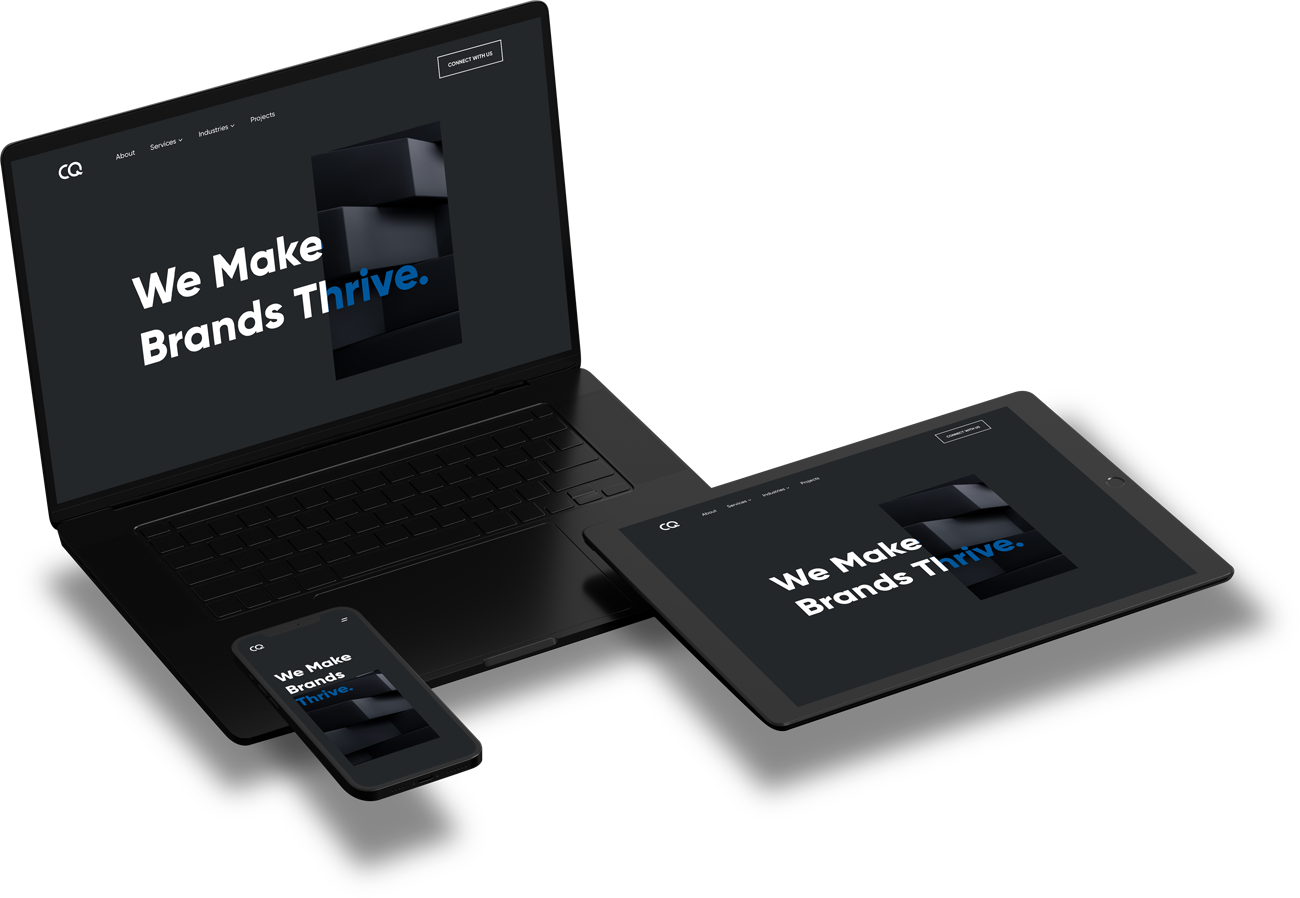 September 29, 2023
September 29, 2023

“Water, water everywhere, nor any drop to drink”- Poet Samuel Taylor Coleridge
Many times, the software solutions market can feel the same. Billions of web applications are available in the market, but none satisfies your business needs. In this scenario, a custom web application is your best bet.
If you are wondering how? You have come to the right place.
So, let’s dive into the world of custom web application development.
“Custom web app development is the process of creating a web application that is tailor-made to address unique problems or deliver unique functionality to the users. “
If you’re looking for a web solution that meets your needs, custom web app development is the way to go! Unlike pre-built software, custom web apps are created from scratch to fit your business or personal needs perfectly.
E.g.- Web apps tailored for law firms to manage legal cases, document filing, and client communication securely.
As the name suggests, static web applications are web applications that do not offer any interactivity but merely display information to the users. Built on HTML & CSS, these straightforward web applications are inflexible and exhibit limited content.
A dynamic web application is a type of web application that generates and delivers personalized experiences in real time to the users. It can change content based on user interactions, data inputs, or other external factors. It offers real-time interactivity, where the users get instant responses to the information they feed.
Single-page web apps are applications that initially load on an HTML page and dynamically update their content as the user interacts with it without requiring full page reloads, offering a better user experience.
A Multi-Page Web Application (MPA) is a type of website or web application comprising multiple HTML pages, each displaying a different view or section of the application. MPAs use regular navigation with full page reloads when users move between other application parts.
An e-commerce web application, also known as an online store or website, is a platform that enables businesses and individuals to sell products or services to customers online.
These web-based applications enable easy online transactions, display products or services, and provide a smooth shopping experience for users.
A CMS web app simplifies creating, managing, and publishing digital content online. It offers a user-friendly interface enabling users to create and format content directly within the CMS.
It includes media libraries for uploading, organizing, and inserting images, videos, and other multimedia elements into content.
Progressive web applications are cross-platform apps. Simply put, these applications adapt according to the screen they are being viewed on. Developers choose them for creating user-friendly web experiences as they work seamlessly across devices, browsers, and offline.
A Portal Web Application, often called a “portal,” is a web-based platform or website that serves as a central hub for accessing various resources and information from different places. They collate and organize data and functionality, enabling users to find, access, and interact with necessary information & tools easily.
These applications use web-based software programs that have dynamic and animated elements that can make your user experience more engaging and exciting. These features include motion, transitions, and visual effects that can help you interact with the software in a more fun and intuitive way.
From customization flexibility, there are multiple advantages of choosing custom web app development. Here are the top 12 reasons to choose custom web applications.
Custom web applications are personalized to cater to businesses’ specific requirements and objectives to ensure that they perfectly serve the intended purpose.
Custom web apps are designed to meet the current and future needs of the growing business. Thus, adding new features, functionalities, and modifications is relatively easier.
When you choose a custom web application, you own its source code. So, you can modify the software’s design, features, and functionality whenever you need to. You can easily keep up with market changes to meet your users’ new requirements.
Custom web apps can help you create differentiation in the marketplace by offering features and functionality that your competitors fail to provide. This USP enables you to stand out from the crowd.
Since the solution is built specifically for your business, custom web apps allow the implementation of specific compliance and regulatory requirements crucial for your industry.
Custom web applications seamlessly integrate with your software and systems to ensure everything flows smoothly and efficiently.
Custom web apps allow businesses to implement the specific security measures and protocols they require to protect sensitive information, ensuring more control over data security.
Choosing custom development means that the design is all about you! This makes the application more user-friendly and intuitive, ultimately leading to happier and more engaged users.
While it may require a higher initial investment than pre-made solutions, custom web apps can save you money in the long run, custom apps are built to last and can quickly adapt to changes, so you won’t have to worry about constantly replacing or rebuilding them.
Custom web apps, especially with high user traffic or complex operations, are optimized to load quickly and respond smoothly to provide a seamless user experience.
You own the source code of custom web applications. So, you don’t have to rely on third-party providers to make updates and changes. You can improvise the functionality of your apps as and when needed.
Custom web app developers often provide ongoing support and maintenance to keep applications updated, secure, and compatible with evolving technologies.
Though custom web applications have many advantages, they are not without limitations.
Let’s examine the challenges of custom web application development and how to overcome them.
Here are the top 5 challenges businesses may face with custom web app development.
It takes skilled professionals and licensed tools and technologies to build efficient apps from the ground up. Thus, the project can exceed the pre-decided budget if not monitored closely.
To avoid such a situation, it’s always best to create an elaborate roadmap with the budget to create clarity from the beginning.
Creating a custom web from scratch requires time. From planning and design to coding, testing, and deployment, the development process can be lengthy, especially for complex applications. However, it can eventually lose value in a competitive market if the project takes too long.
The best approach to ensure on-time delivery is to break down the project into smaller milestones with timelines so the team adheres to them.
When the development has started, the stakeholders may start requesting additional features and functionality, which can derail the timeline and budget of the project.
Effective management of scope creep is essential, and one can do that by sticking to the original scope and requirements of the custom web application.
Regarding custom web apps, security threats can be a significant concern if the app is not designed and maintained correctly. This includes protecting against data breaches, DDoS attacks, and other cyber threats.
To ensure your custom web app is secure, following strict security protocols such as input validation injection, data encryption, exception management, role management, and access control is essential. Additionally, conducting rigorous quality assurance and testing is crucial.
The constantly evolving tech landscape makes it challenging to keep up with the changing market demands. This is one of the biggest threats to a custom app development project: the app may become redundant when it is out in the market.
To avoid such a situation, the thumb rule is
Now that you know the advantages and challenges of custom web applications. Let us explore how custom apps are different from off-shelf solutions and what should be your pick.
Before we jump into the differentiation, let us learn what off-shelf solutions are.
An off-the-shelf software is a pre-made solution for the mass market, which is available for purchase but needs to be customized to specific needs. It is ready to use once installed in a system.
| Comparison Factors | Custom Web Applications | Off Shelf Web Applications |
| Customization | Custom web apps are built from scratch to meet the exact requirements of the business or user. This allows for a highly tailored solution to address unique needs and workflows. | Off-Shelf is a generalized solution created to cater to the masses with little to no scope for customization. |
| Scalability | Custom web apps can be scaled and modified to match your business operations and fit your needs. | Off-shelf solutions may or may not provide you with operation scalability options and don’t offer app modification. |
| Flexibility & Control | You own the source code of a custom-built application, empowering you to create the application’s design, features, and functionality to your needs. | The source code of the application is with the third-party vendor. You have limited control over the features and functionality of the app. |
| Seamless Integration | Since the web application is designed for you, it integrates flawlessly with your existing systems and software. | Integration of the solution may require you to change your system and software. |
| Cost | The initial cost is high but more cost-effective in the long run as maintaining and upgrading them is more straightforward. | The initial cost is low, but upgrading applications to meet changing business needs becomes tedious and costly. |
| Unique Competitive Advantage | Custom apps can provide a unique competitive advantage by offering features or capabilities that competitors may not have. | They are run-off-the-mill solutions that provide no competitive advantage. |
| Quick Deployment | The deployment can only occur once the custom app is ready for use. | These are ready-made solutions that you can deploy quickly and start using. |
| Reliability | Since the custom app is being developed for the first time, the performance and reliability are yet to be established. | Established OTS solutions have a track record of reliability and performance, as numerous users have tested them. |
| Maintenance | You need to deploy a dedicated team to manage the maintenance of the application.. | Maintenance and updates are often handled by the software provider, reducing the burden on the user. |
Custom web app development is the perfect solution if you have unique software requirements. It enables individuals and businesses to customize their software according to their needs, differentiate themselves from competitors, and foster innovation.
But if you are looking for a standardized solution, opt for off-shelf web apps, as they can be quickly deployed and put to use, ensuring operational efficiency.
If you have decided that you need a custom-built web app solution, here is how you can build it.
Read on to find a step-by-step breakdown of the process of building a custom web app.
The first and foremost step of custom app development is defining the purpose of the application. It requires businesses to answer questions such as:
You can find answers to the questions by researching your competitors, target audience, and industry trends. Identify gaps and opportunities that your web app can address.
Addressing these questions helps you define the scope of your project. Create a detailed project plan that outlines your web app’s features and technical requirements. Decide on the technology stack (programming languages, frameworks, databases), milestones, timeline, and budget.
Once you have created a project plan, it’s time to move to the designing phase, where the user interface and experience are made. This stage consists of
Once the UI&UX is finalized, the project moves to the development stage, where you set up the development environment and version control system. Initiate back-end and front-end development and implement security measures to protect data.
The development stage consists of smaller milestones followed by testing and QA process to identify and fix bugs, usability issues, and performance bottlenecks.
The next step is to choose a hosting service for deploying your web app. Depending on your usage requirements, you can choose between shared hosting, dedicated hosting, or cloud hosting.
Once you have decided on the hosting, you must configure server settings, databases, and domain names. The app must be deployed to a staging environment for final testing before launching it to market.
The job doesn’t end at app deployment. You need to set up monitoring tools to track the performance and usage of your web app. You need to constantly:

Here are seven practices to ensure successful custom web app development.
Using agile methodology for building custom web apps ensures that your solution is constantly being reviewed and updated along the development cycle. So, the final product is always relevant and efficient in its performance.
Whether you are designing for in-house users or your customers, remember the purpose of a custom web app is to enhance process efficiencies for the users. So, ease of use should always be the priority.
Custom application development is not a one-time task but requires continuous upgrades in features and functionality to ensure its relevancy in the market.
It’s essential to have a disaster recovery plan that includes steps to protect and restore your data in case of cyber-attacks or software glitches. It ensures the safety and recovery of your valuable information.
Prioritize security throughout the development process. Protect against common vulnerabilities such as SQL injection, Cross-Site Scripting (XSS), and Cross-Site Request Forgery (CSRF). Additionally, regularly update dependencies to address security vulnerabilities.
Maintain complete documentation for your code, APIs, and deployment procedures to aid other developers in understanding and participating in the project.
Hiring a custom software development company with a team of experienced technical experts is a reliable and efficient method to create top-notch custom software quickly and consistently.
But how do you find the right partner? Here are a few tips to help you.

The above tips will help you find the right development partner to build a successful custom web app.
A custom web app development can cost anywhere between $ 5,000 to $250000 depending on its size, functionality, technology stacks, licensing cost, complexity, maintenance cost, etc.
But if we consider the market trend, here is the app costing breakdown
| Types of App | Cost Range |
Simple Web App
|
$5000 – $15000 |
Medium Complex App
|
$15000 – $60,000 |
Complex Apps
|
$60,000 – 250,000+ |
Derived from ‘Crafted For Quality,’ CraftedQ delivers top-notch web app solutions tailored to your business needs. We are dedicated to creating unique software solutions that solve modern-day problems.
From simple to complex, we have built custom web applications across various industries to help our clients achieve higher productivity.
Here are a few examples of how CraftedQ has helped build custom web applications to help organizations enhance efficiencies:
From personalization scalability to competitive advantage, there are numerous benefits to a custom web application. And a reliable development partner like CraftedQ multiplies these benefits manifold.
Our team has experience and expertise in the latest technologies, like AI, ML, and process automation, to help you create outstanding web applications.
Want to bring your innovative web application idea to reality? Call us today!
